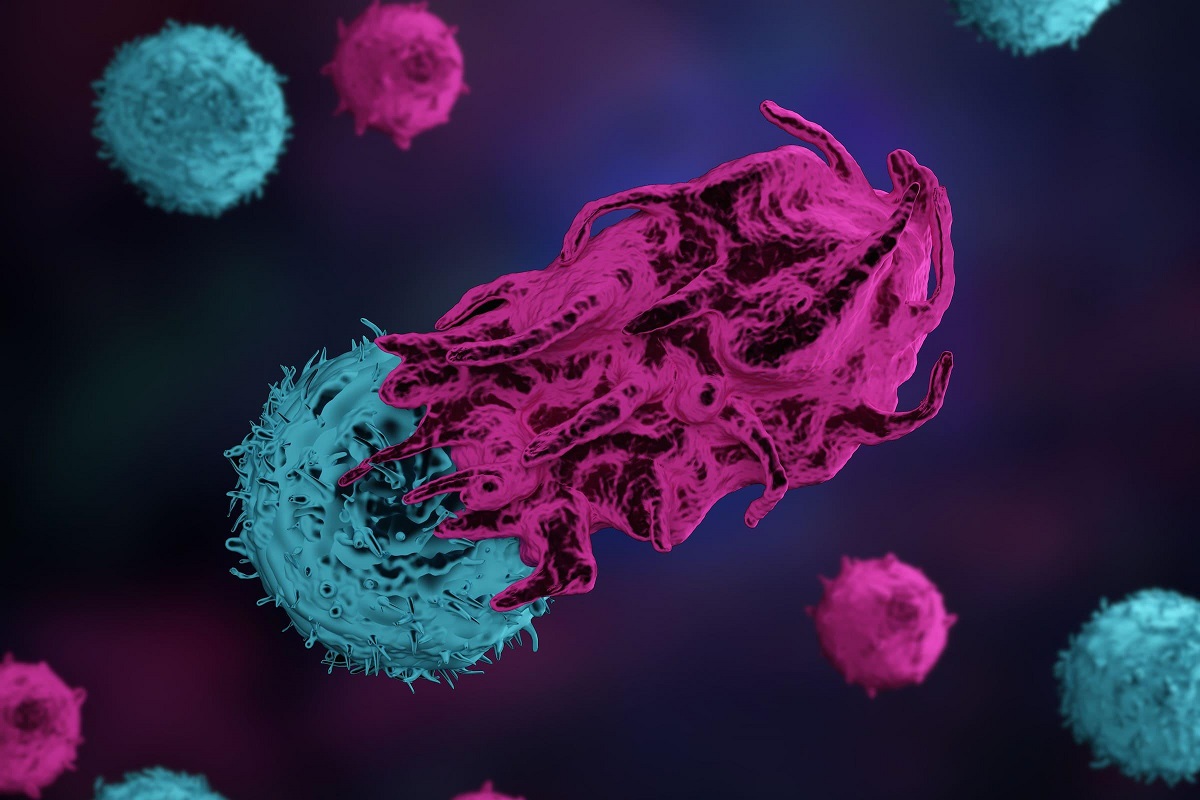KEY TAKEAWAYS
- The study aimed to assess RC48 alone or with dabrafenib for treating advanced BRAF-mutant melanoma.
- Preclinical evidence supported the combined anti-HER2 drug conjugate and BRAF inhibitor in BRAF-mutant cutaneous melanoma treatment.
Melanoma, known for its high metastatic capacity, ranks as the deadliest skin cancer. While targeted and immunotherapy advancements have notably enhanced survival in advanced and metastatic melanoma over the last decade, treatment responses vary and may not sustain long-term benefits.
Consequently, there’s an urgent clinical need for innovative therapeutic approaches to enhance outcomes.
Weisong Li and the team aimed to assess the treatment efficacy and investigate the molecular mechanisms of RC48, a new HER2-targeted antibody-drug conjugate. They aimed to evaluate its effectiveness alone or combined with dabrafenib, a BRAF inhibitor, for treating advanced BRAF-mutant cutaneous melanoma.
The therapeutic effectiveness of RC48, either alone or in combination with dabrafenib, was assessed in BRAF-mutant cutaneous melanoma cell lines and cell-derived xenograft (CDX) models. Additionally, signaling pathways analysis and global mRNA sequencing were conducted to investigate the mechanisms behind the synergistic impact of the combined therapy.
The findings indicated the presence of membrane-localized HER2 in melanoma cells. RC48 effectively targeted and suppressed the growth of HER2-positive human melanoma cell lines and corresponding CDX models. When RC48 and dabrafenib were used together, they synergistically prompted tumor regression in human BRAF-mutant melanoma cell lines and CDX models.
Mechanistically, the combination therapy induced apoptosis and halted cell cycle progression while inhibiting cell motility in vitro. Additionally, global RNA sequencing analysis showed that the combination treatment downregulated several key signaling pathways, including the PI3K-AKT, MAPK, AMPK, and FOXO pathways.
These results lay the groundwork in preclinical settings for utilizing a combination of an anti-HER2 drug conjugate and a BRAF inhibitor for treating BRAF-mutant cutaneous melanoma.
Research was supported in parts by the National Natural Science Foundation of China,
Natural Science Foundation of Jiangxi Province, and Natural Science Foundation of Shanghai.
Source: https://pubmed.ncbi.nlm.nih.gov/38594618/
Li W, Zheng C, Xu X, et al. (2024) “Combined therapy of dabrafenib and an anti-HER2 antibody-drug conjugate for advanced BRAF-mutant melanoma.”Cell Mol Biol Lett. 2024 Apr 10;29(1):50. doi: 10.1186/s11658-024-00555-z. PMID: 38594618; PMCID: PMC11005275.



